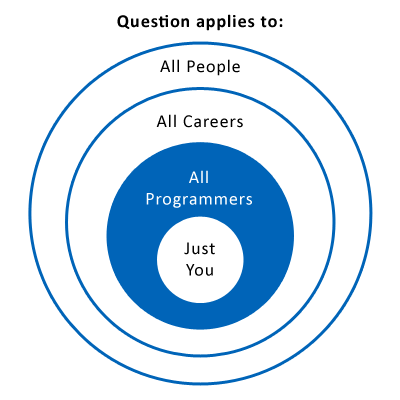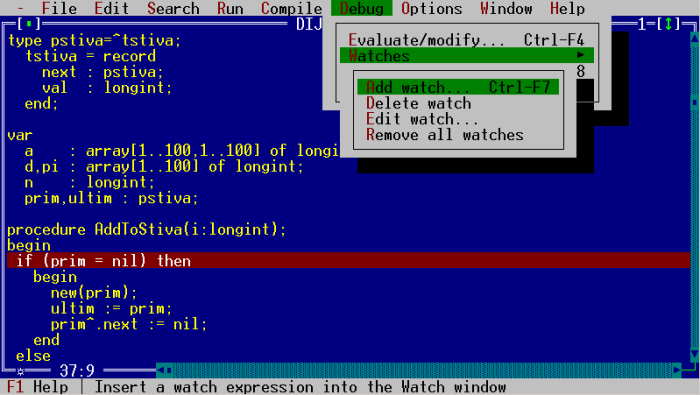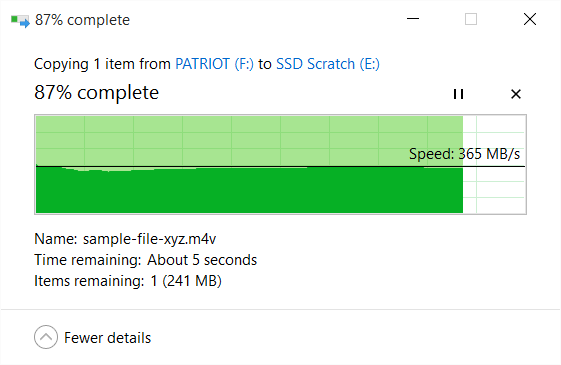
programming languages
So You Don’t Want to be a Programmer After All
I get a surprising number of emails from career programmers who have spent some time in the profession and eventually decided it just isn’t for them. Most recently this: I finished a computer science degree last year, worked about a year in the Java EE stack. I liked requirements











